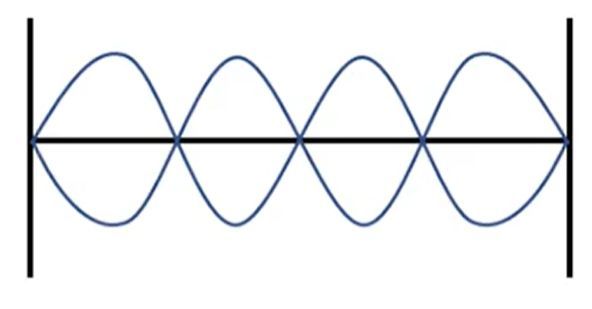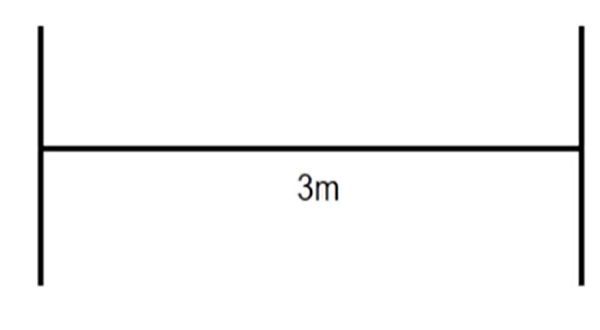Waves can interact in various ways, and one fascinating outcome of this interaction is the formation of standing waves, particularly in strings. A standing wave appears stationary, despite being the result of two waves interfering with each other. To understand standing waves, consider three scenarios involving a string tied to a fixed point, such as a doorknob.
In the first scenario, when you whip the string up once, a pulse travels to the doorknob. Upon reaching the fixed end, the pulse reflects back inverted. This reflection is a key characteristic of waves at fixed boundaries, where the wave inverts upon reflection.
In the second scenario, if you create two waves by whipping the string up and down twice, the first wave will reach the doorknob and reflect back inverted while the second wave continues moving forward. As these two waves travel towards each other, they interfere, creating a complex pattern. The interference can lead to random wave patterns unless specific conditions are met.
The third scenario introduces the concept of special frequencies. By adjusting the frequency of your hand movements, you can create a standing wave. At certain frequencies, the wave appears to oscillate up and down without moving left or right, resembling a jump rope. This phenomenon occurs because the waves reflect and interfere in such a way that they create nodes (points of no movement) and antinodes (points of maximum movement) along the string.
Standing waves can be characterized by the number of loops, denoted as \( n \). The fundamental frequency, \( f_1 \), corresponds to the simplest standing wave pattern with one loop. The relationship between the frequencies of standing waves is given by the equation:
\[ f_n = n \cdot f_1 \]
where \( f_n \) is the frequency for \( n \) loops. For example, if the fundamental frequency \( f_1 \) is 5 Hz, then the frequency for a standing wave with three loops (\( n = 3 \)) would be 15 Hz, and for five loops (\( n = 5 \)), it would be 25 Hz.
Understanding standing waves is crucial in various applications, including musical instruments and engineering, where wave behavior plays a significant role. By manipulating frequency and observing the resulting patterns, one can gain insights into wave dynamics and resonance phenomena.



